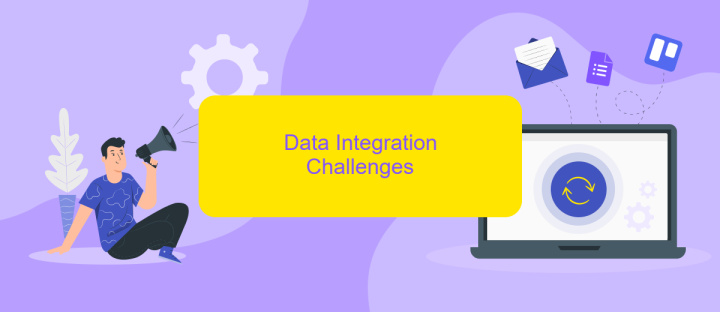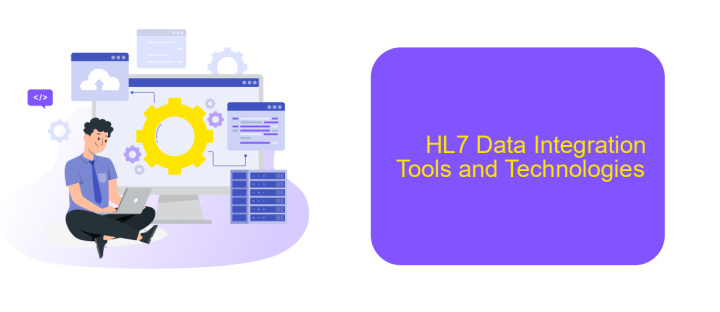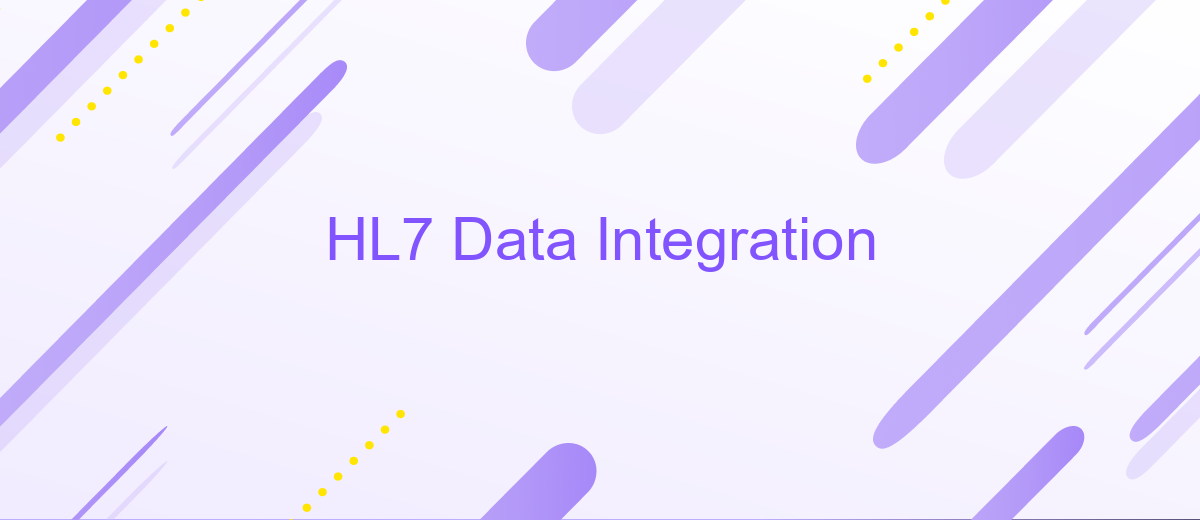HL7 Data Integration
Health Level Seven International (HL7) is a set of international standards for the exchange, integration, sharing, and retrieval of electronic health information. HL7 data integration facilitates seamless communication between diverse healthcare systems, ensuring accurate and timely access to patient information. This article explores the significance, challenges, and best practices of implementing HL7 data integration in modern healthcare environments.
Introduction
Health Level Seven International (HL7) standards play a crucial role in the seamless exchange of healthcare information across various systems. These standards ensure that clinical and administrative data are accurately transmitted, promoting interoperability and improving patient care. As healthcare organizations increasingly adopt electronic health records (EHRs), the need for effective data integration becomes paramount.
- Standardization: HL7 provides a framework for the standardization of healthcare data.
- Interoperability: It enables different healthcare systems to communicate effectively.
- Efficiency: Streamlines the exchange of information, reducing manual data entry and errors.
- Compliance: Ensures adherence to regulatory requirements for data sharing.
To facilitate HL7 data integration, tools like ApiX-Drive offer robust solutions. ApiX-Drive simplifies the integration process by providing a user-friendly platform to connect various healthcare applications. This service automates data exchange, ensuring that critical information flows seamlessly between systems, thereby enhancing operational efficiency and patient outcomes.
HL7 Data Standards

HL7 (Health Level Seven) is a set of international standards for the exchange, integration, sharing, and retrieval of electronic health information. These standards are vital for ensuring that healthcare systems can communicate effectively, thereby providing better patient care. HL7 standards cover a wide range of healthcare data, including patient records, lab results, billing information, and more. By adhering to these standards, healthcare providers can ensure that their systems are interoperable, which is crucial for accurate and efficient data exchange.
One of the key components of HL7 data integration is the ability to configure and manage these integrations seamlessly. Services like ApiX-Drive can be instrumental in this process. ApiX-Drive offers a user-friendly platform that simplifies the integration of various healthcare systems by automating data transfers and ensuring compliance with HL7 standards. This not only reduces the technical burden on IT departments but also enhances the overall efficiency and reliability of data exchanges across different healthcare platforms.
Data Integration Challenges

Integrating HL7 data presents several challenges that can hinder seamless data exchange in healthcare systems. These challenges stem from the complexity and variability of healthcare data, as well as the need for real-time data processing and strict compliance with regulatory standards.
- Data Standardization: HL7 data can come in various formats and versions, making it difficult to standardize and integrate across different systems.
- Interoperability: Ensuring that different healthcare systems can effectively communicate and understand each other’s data is a significant challenge.
- Data Security and Privacy: Maintaining the confidentiality and integrity of sensitive patient information during data integration is crucial.
- Real-time Data Processing: The need for real-time data exchange requires robust and efficient integration solutions.
- Regulatory Compliance: Adhering to healthcare regulations, such as HIPAA, adds another layer of complexity to the integration process.
To address these challenges, services like ApiX-Drive can be invaluable. ApiX-Drive simplifies data integration by providing a user-friendly platform to automate data exchange between various systems. It supports multiple data formats and ensures compliance with regulatory standards, thereby enhancing interoperability and security in HL7 data integration.
HL7 Data Integration Tools and Technologies

HL7 Data Integration tools and technologies play a critical role in ensuring seamless communication between healthcare systems. These tools facilitate the exchange of clinical and administrative data, ensuring interoperability and enhancing patient care. Various solutions are available to support HL7 integration, each offering unique features and capabilities to meet diverse healthcare needs.
One of the key aspects of HL7 integration is the ability to configure and manage data flows efficiently. Tools like ApiX-Drive provide user-friendly interfaces and robust functionalities to streamline the integration process. These platforms enable healthcare providers to connect disparate systems without extensive coding, reducing the time and effort required for setup.
- ApiX-Drive: Simplifies the integration process with a no-code interface.
- Mirth Connect: An open-source integration engine for HL7 messaging.
- Corepoint Integration Engine: Offers comprehensive HL7 support and easy configuration.
- Rhapsody Integration Engine: Provides scalable and reliable HL7 data exchange.
By leveraging these tools and technologies, healthcare organizations can achieve efficient data interoperability, leading to improved clinical workflows and better patient outcomes. The right integration solution can significantly enhance the ability to share critical information across various healthcare systems.


Conclusion
In conclusion, HL7 data integration plays a pivotal role in enhancing healthcare interoperability and ensuring seamless communication among various healthcare systems. By standardizing data exchange, HL7 facilitates accurate and timely sharing of critical patient information, thus improving clinical outcomes and operational efficiencies. The complexities involved in integrating diverse healthcare systems can be mitigated through robust integration platforms and services.
One such service is ApiX-Drive, which simplifies the integration process by offering a user-friendly interface and a wide range of pre-built connectors. This allows healthcare providers to effortlessly connect their systems, ensuring that data flows smoothly and securely between different applications. As healthcare continues to evolve, leveraging services like ApiX-Drive will be crucial in maintaining efficient and effective data integration, ultimately contributing to better patient care and streamlined healthcare operations.
FAQ
What is HL7 data integration?
Why is HL7 important for healthcare providers?
How can I implement HL7 data integration in my healthcare system?
What challenges might I face with HL7 data integration?
Are there tools available to simplify HL7 data integration?
Strive to take your business to the next level, achieve your goals faster and more efficiently? Apix-Drive is your reliable assistant for these tasks. An online service and application connector will help you automate key business processes and get rid of the routine. You and your employees will free up time for important core tasks. Try Apix-Drive features for free to see the effectiveness of the online connector for yourself.

